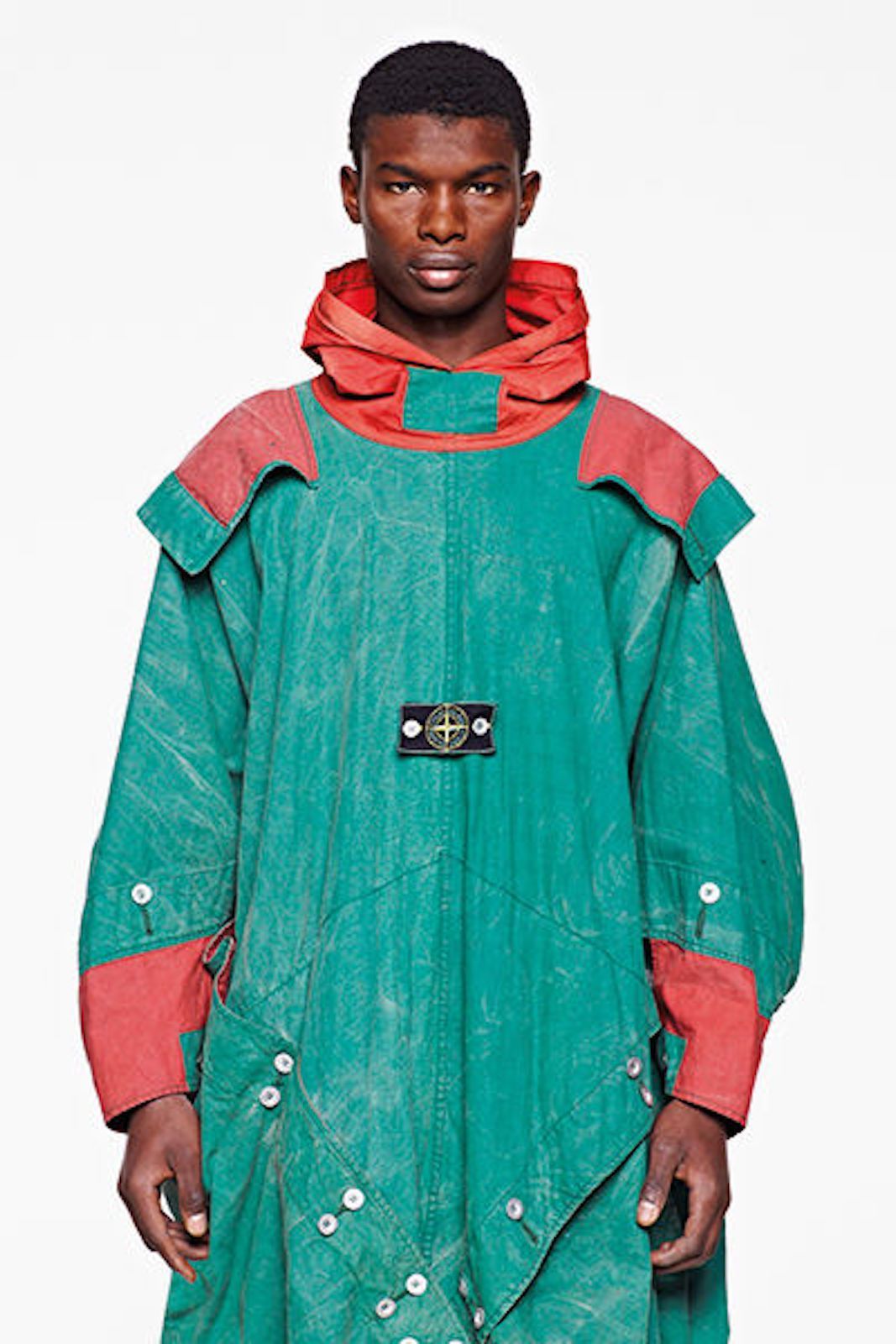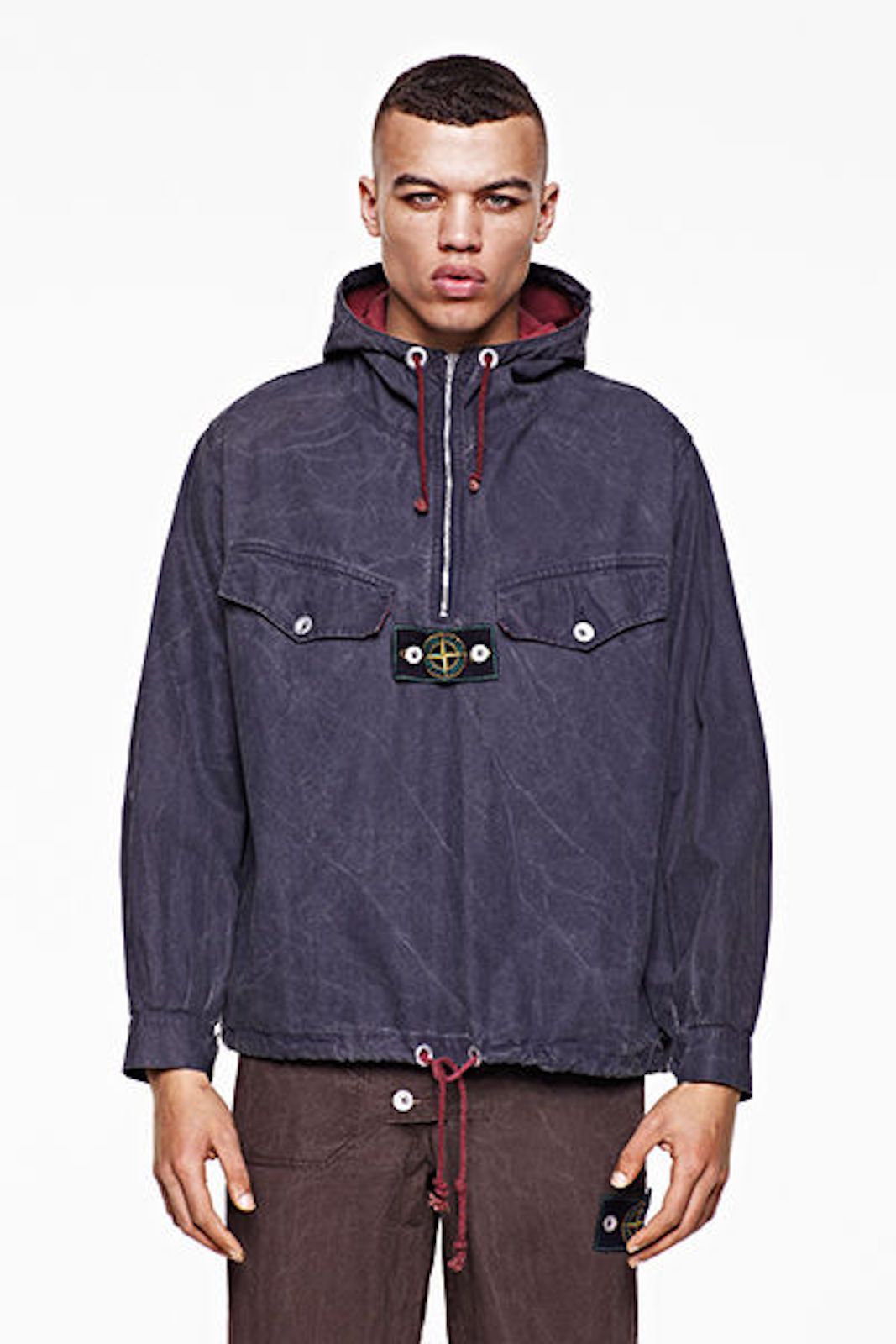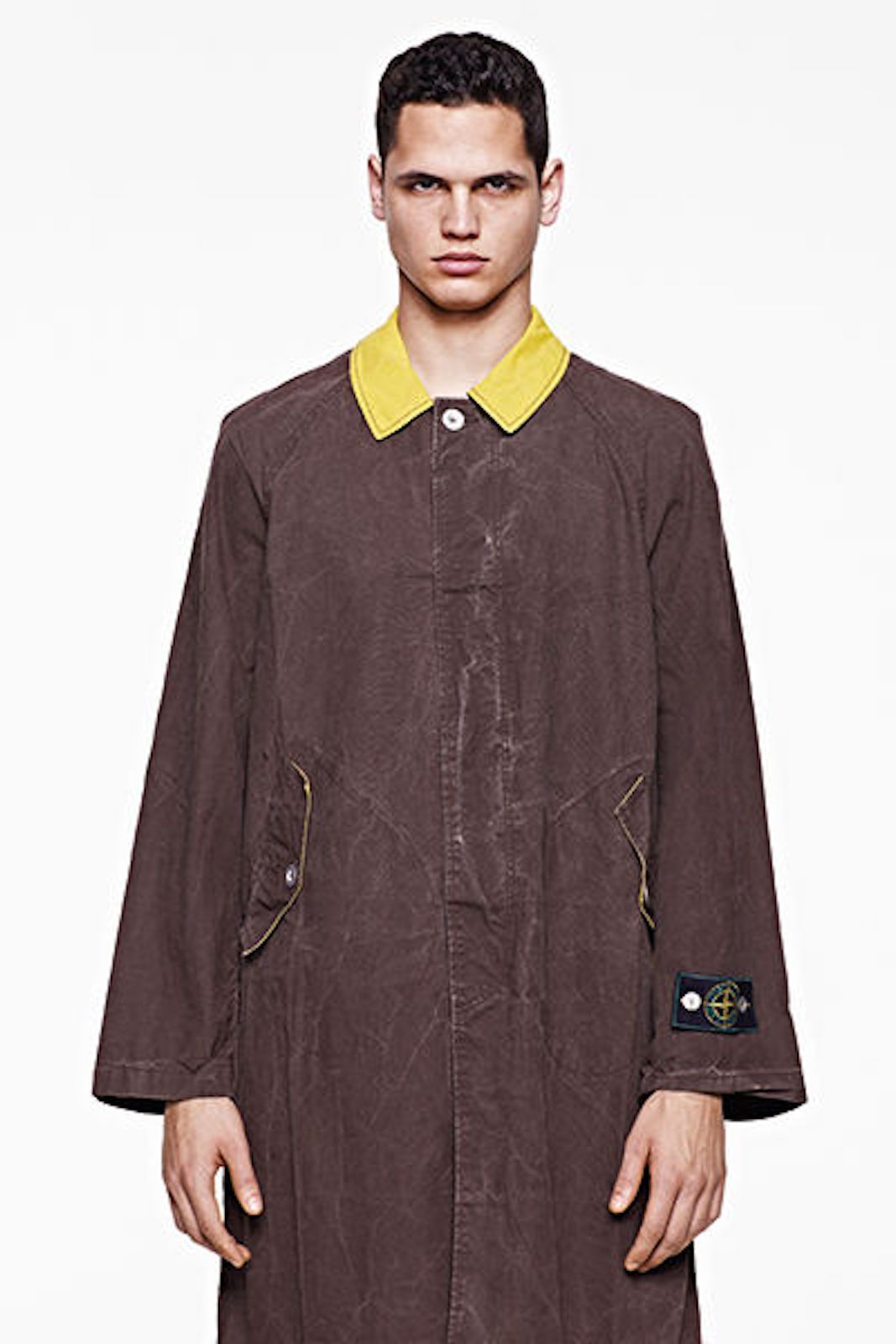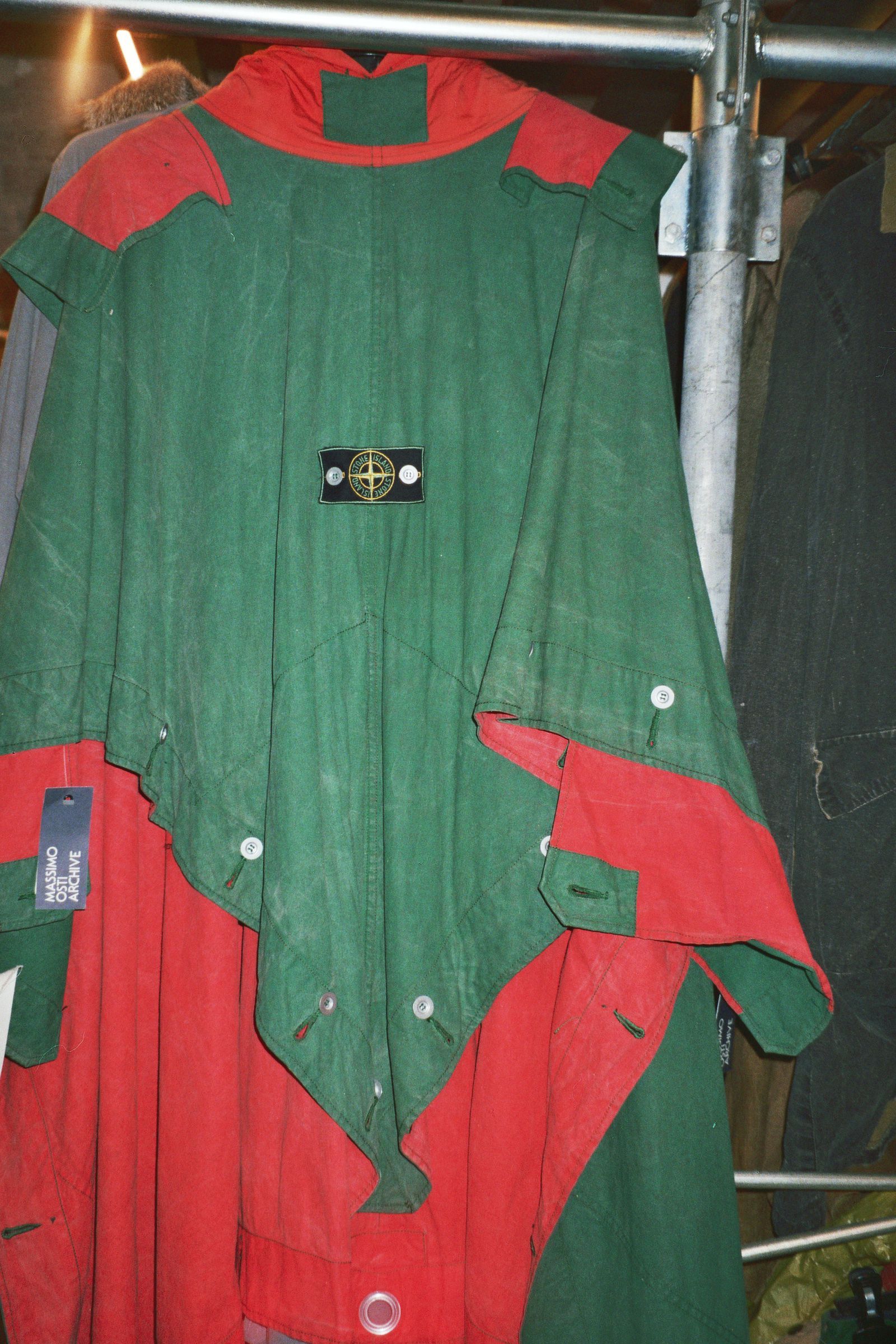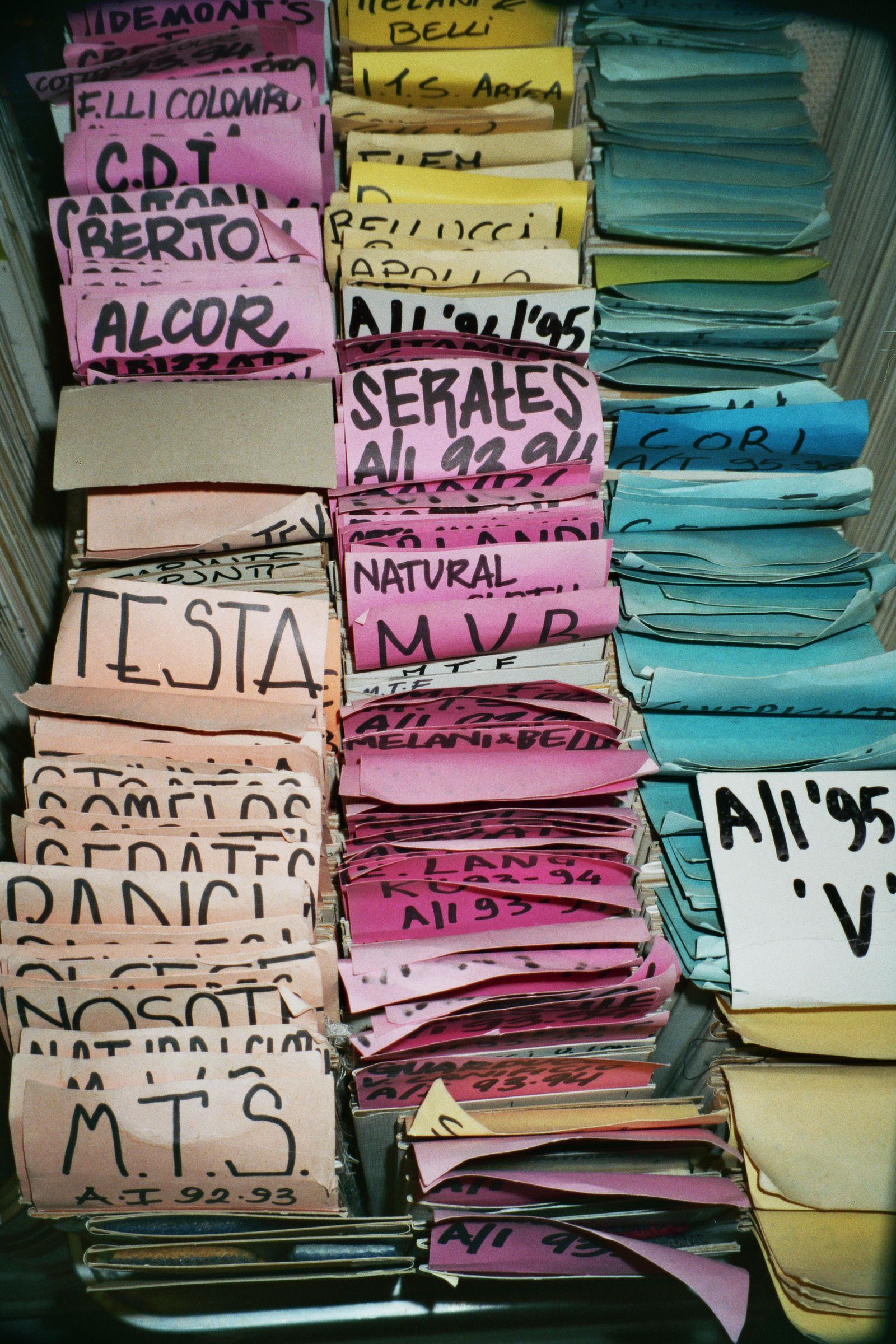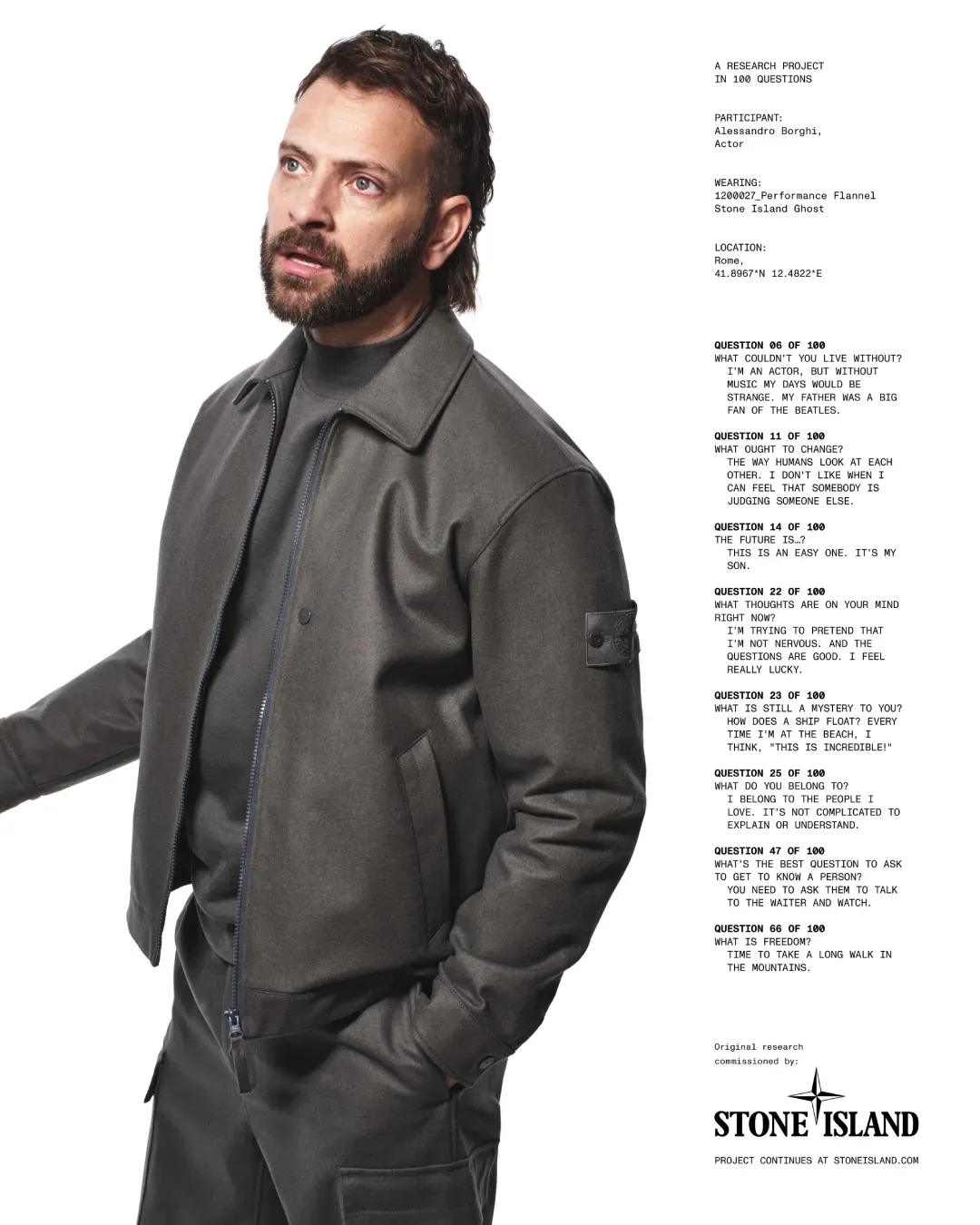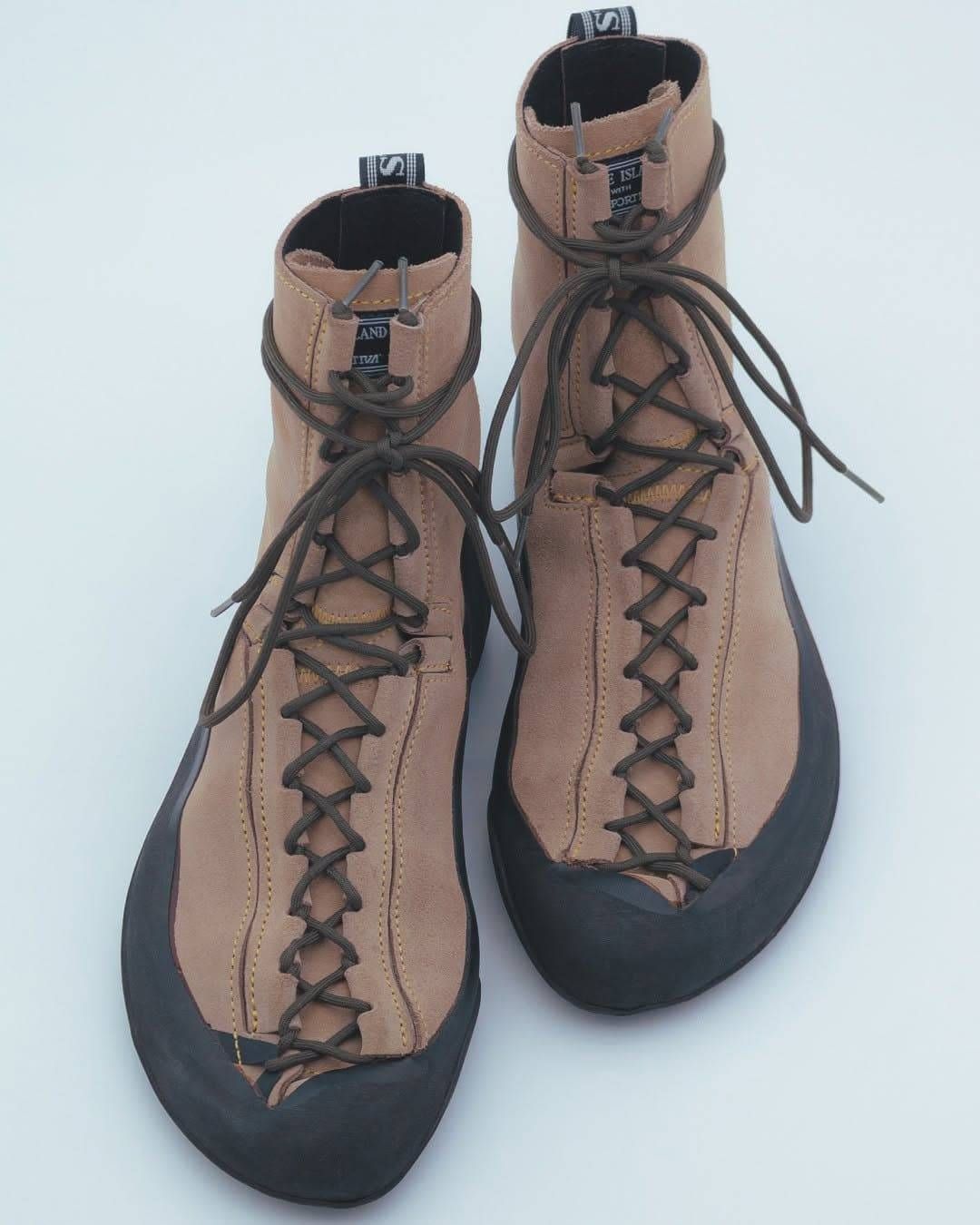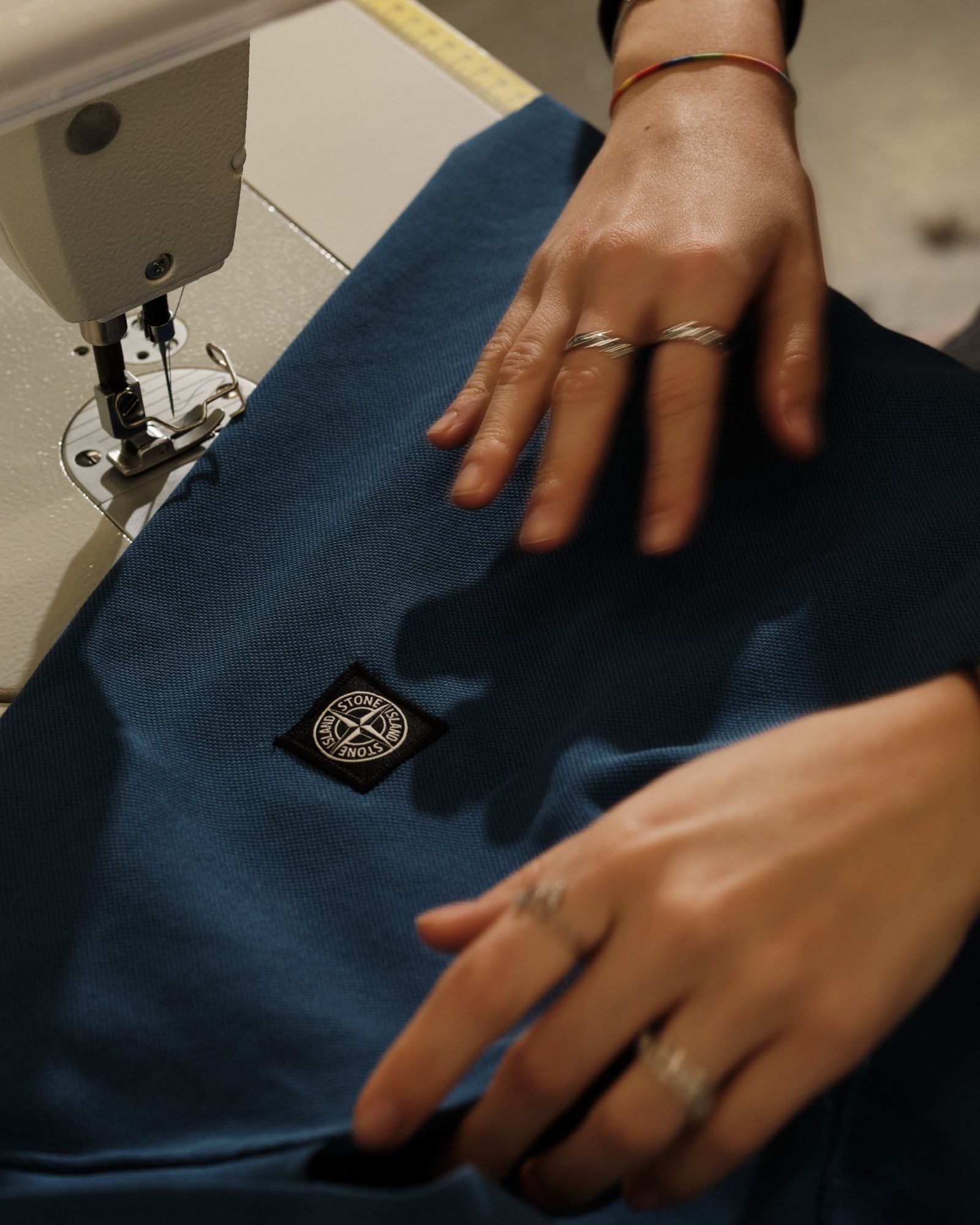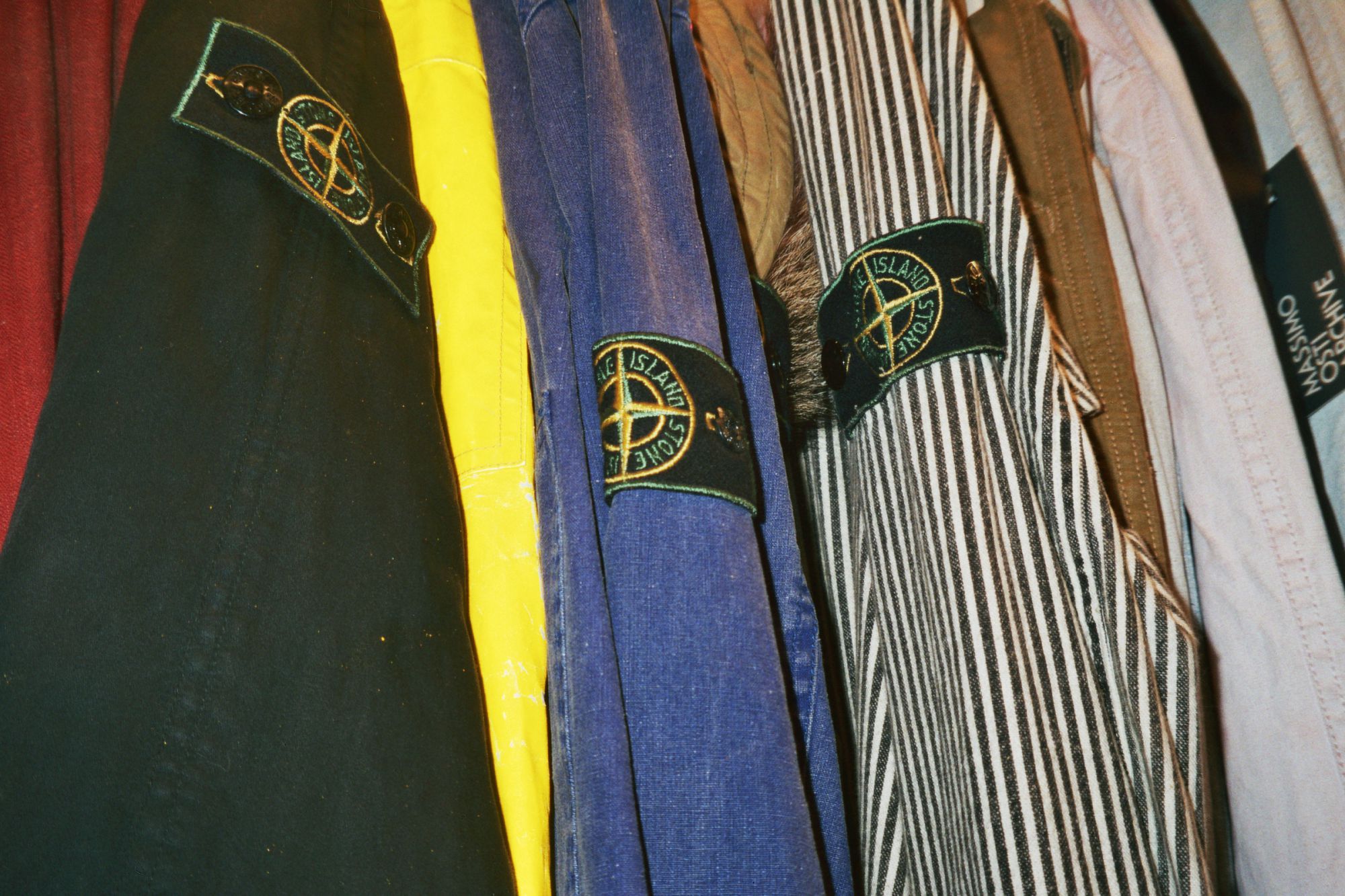
Why is Stone Island called Stone Island? The references behind the logo and the name of the brand founded by Massimo Osti
Stone Island is one of the most Hype brands on the market, as also confirmed by the ranking published by Lyst at the beginning of 2019. The wind rose - the brand's logo - has become a status symbol even though many people do not know the history of the brand, the meaning of the name and symbolism behind one of the most influential fashion houses in the world.
The modernist writers of the early 1900s would define the work of Massimo Osti - founder of C.P. Company and Stone Island - as a thought "Beyond the Pale", literally, indicating with this term all that we can place outside boundaries and conventions.
John Muir will also give us the sense of the modernist spirit, saying that "being a modern means being a forerunner", probably among the most abused terms to describe the career of artist and designers, but finding confirmations if used to describe Osti's work.
The history that connects C.P Company to Stone Island is probably little known, born of the same creative mind and the ability to manage the unexpected by Massimo Osti. The history of the Emilian brand that has collaborated with Nike and Supreme NY is in fact linked to the development of C.P. Company. If in many cases the market sanctions the success of a brand, the total lack of preparation or sensitivity of the audience in 1982 laid the foundations for the birth of Stone Island, which from a rib of C.P. has become a top global brand.
The name of C.P. - originally Chester Perry until the legal battle lost against Fred Perry and Chester Barry - takes the name of the factory where worked Bristow, the comics character sketched by the English Frank Dickens, one of the greatest cartoonists of all time.
The origin of Stone Island, on the other hand, born 11 years after C.P. and now own by Carlo Rivetti, is once again linked to England, but this time it is linked to the symbolism of that strand of the still romantic modernist literature that thought "beyond the pale".
C.P. Company was founded to dress a sophisticated man, with a British attitude and very different from the stiffened one still tied to the wool coat. The soil was fertile in the field of experimentation, especially as regards the materials, but the qualitative leap came when Massimo Osti began to look for the error in a systematic way, to obtain unexpected solutions in the production phase, that could be used as a basis for new projects.
The consultancy of Adriano Caccia of ITS Artea - partner company in the development of new fabric treatments - bring to the realization of a disastrous stock, the garments returned entirely backward. The fault was that of a process that caused the garments to become easily discolored, creating a worn effect difficult to understand for the time.
At this point there were two ways: to abandon a project and refine it to guarantee more sales, or to give a not only theoretical meaning to the term "forerunner", which in the dictionary is roughly described as someone "a person or thing that precedes the coming or development of someone or something else".
The unexpected turns into an occasion, Osti understands that C.P. it is not the right context and found Stone Island, with a collection of seven outerwear in six two-tone variations of that double-sided industrial-style sheet that will take the name of "Tela Stella". That garment, washed with a pumice stone ("Stone Washing") in the appropriate context will be confirmed as a great success, overcoming conformity and following the stimuli of the youth counter-cultures of those years.
English style and culture have a certain weight throughout the production of Stone and C.P., as well as making trips across the UK to collect in the Archive materials for samples or future reference.
The name Stone Island derives from two of the most widely used English words in the novels of the romantic writer Joseph Conrad, one of the founders of that pre-modernist movement. Conrad's stories are often inner journeys of men who go to look for a different physical experience to tame the movements of the soul, far from understanding.
It may be that Osti has revised in those themes and in the search for a new perspective, precisely the sense of the Stone Island embryo, also close to Conrad's themes in style.
The novels - in many cases autobiographical - set by the sea, evoke the marine look of the fabric, recalling those waxed invented years earlier by brands like Barbour, McIntosh, Aquascutum. Even the symbols refer to precise sensations, such as the wind rose, the brand's unmistakable logo and a patch that occupies its place on the left sleeves of jackets and sweaters.
The themes of travel, place and non-place, but above all the perception that the future is "beyond the pale" continue to return to the Stone Island collections, even now that technological development has made everything much less bohemién.










































